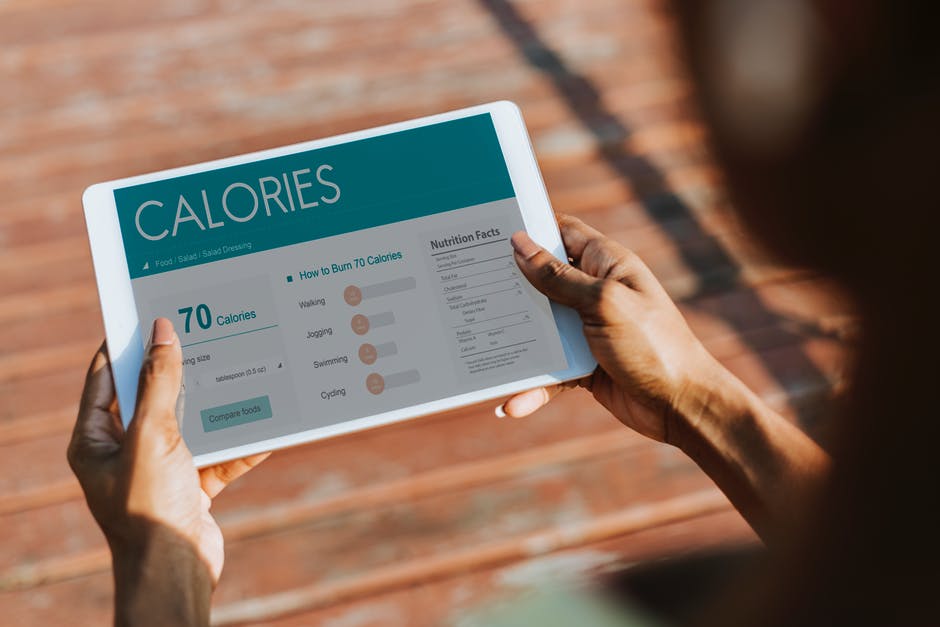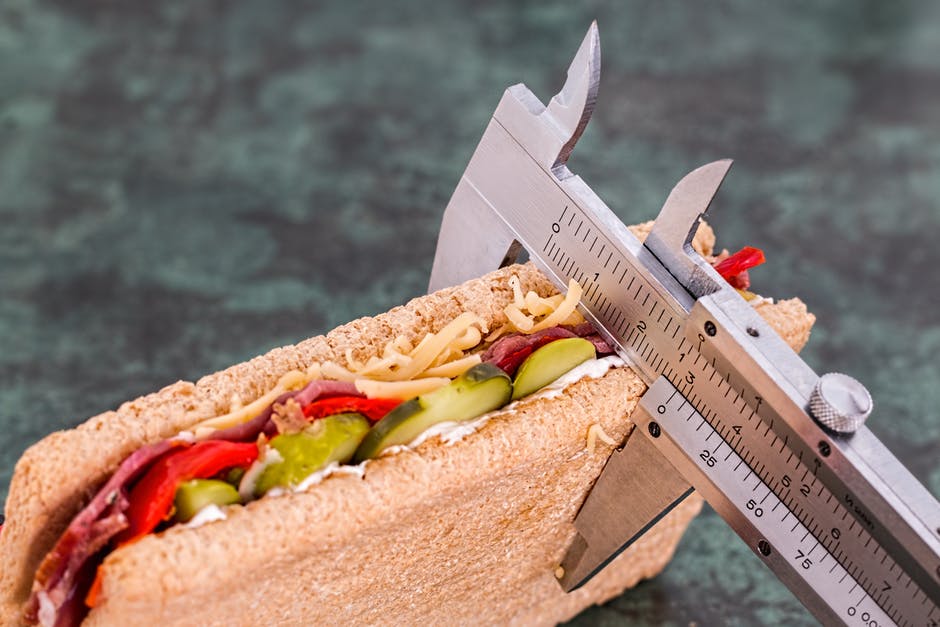The Truth Behind “Calories In, Calories Out”
I’ve heard this refrain for decades: “Eat less than you burn and you’re sure to lose weight.” On the surface, it makes sense. But in reality, this way of thinking is far from the whole story. Here are a few points that are sadly left out of this piece of widely popular “advice,” followed by the right and wrong way to lose weight.
The truth is, depending on gender, age, fitness level, and weight, consuming fewer calories than you burn can actually slow down your metabolism–AND make you store fat! Wow! That’s not what anyone wants. Here’s how and why…
A Few Body Metrics to Know
The amount of calories that your body requires each day just to maintain normal life functions–not including any physical activity or exercise–is measured in kilocalories per day (kilocalorie = 1,000 calories). This is your Basal Metabolic Rate (BMR), or the minimum required calories per day for your body and all of its organs to function normally and provide you with enough energy while at rest.
Your Body Mass Index (BMI) is measured by calculating the ratio of your height to your weight (Body Mass). That’s it. The standard BMI chart will list you as Underweight, Healthy, Overweight, Obese, or Very Obese.
Your Body Fat Percentage is the percentage of your Body Mass that is fat. We all need a certain amount of body fat to keep us healthy and for all of our organs and our endocrine system to function properly. Different levels of body fat are considered healthy based on gender and age.
Tissue on your body burns calories and raises your metabolism–even while resting. Your muscle, skin, bone, and organs are all examples of Metabolically Active Tissues.
The amount of Metabolically Active Tissue on your body is your Lean Body Mass (LBM). Muscle and water are both large components of LBM. In fact, your muscles are comprised mostly of water. So, when you drink less water, you are starving your muscles.

The Wrong Way to Lose Weight
All too often, I talk to people who are working out consistently and are not obese but have decided that they’ll just try to “cut back on eating” to try to lose weight. This is an entirely wrong approach. In fact, quite often I have to tell my clients to eat MORE in order to lose weight. Of course, it’s more of the right foods instead of the wrong foods. Here’s a case example…
“Jane”
Jane is 5′ 5″ and 155 pounds. Her BMR is about 1,500 kcal per day. She has 30% body fat, and her BMI is 25.
Jane decides to “diet.” She reduces her calories to about 1,000 calories a day. And she starts an exercise program. That represents about a 34% difference between caloric intake and caloric (energy) expenditure. Factor in the extra 300-500 calories she’s burning from exercise and her current daily activity, and now the gap is even bigger!
Jane’s body tries to close the gap between caloric intake and energy expenditure. Her body starts fighting the progress that she’s trying to make. The result is the exact opposite of what she wants: Jane’s body lowers her BMR in order to conserve energy and compensate for the reduced food intake. Thus, her body now burns fewer calories than before–and now resorts to saving those calories as fat (stored energy). Not good news. Jane may lose weight initially, but then her body slows it’s fat burning process. She does lose weight; however, most of what she loses is water and muscle. What’s truly happening is that her basal metabolic rate (BMR) is now lower because she has lost lean body mass (instead of the actual fat she wants to lose).
The Right Way to Lose Weight
With the right knowledge and tools in her repertoire, Jane switches to a healthier eating lifestyle of multiple small meals throughout the day consisting of whole, non-processed foods. She actually increases her calories to about 1,500 kcal/day. And she stays better hydrated by drinking 1/2 oz. of water per pound of body weight daily. Her body is now satisfied that it has enough energy to do all that it needs to do daily. She’consuming just a few (100) calories less than what she’s burning. And food is not scarce, so her muscles and organs are properly hydrated. Now her body can function properly–and safely start to get rid of the extra fat tissue that it has stored.
Jane can eat and exercise and burn fat and she’s healthier and happier!
“Dare To Believe”
~ Damian Fisher

